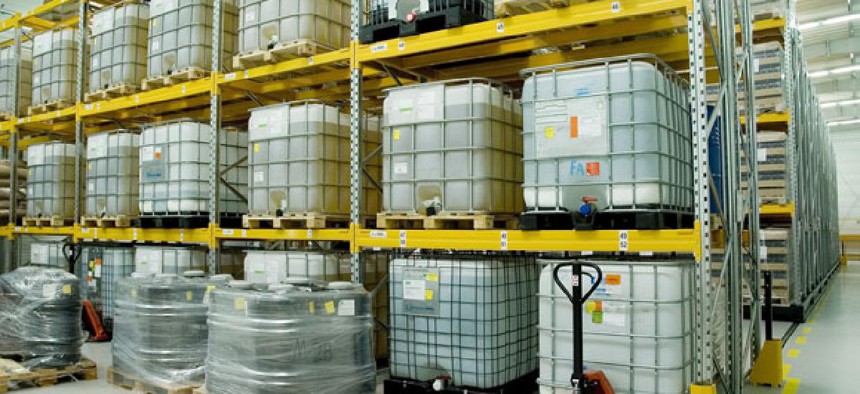
tanikewak/Shutterstock.com
Government doesn’t use bulk-purchasing initiative enough, auditors say
GAO review of strategic sourcing efforts at GSA and four other departments finds scant savings.
The government’s seven-year-old strategic sourcing initiative designed to save money through bulk purchasing of office supplies and services is achieving nowhere near its potential, according to a Government Accountability Office report released Thursday.
Agencies “leveraged only a fraction of their buying power through strategic sourcing and achieved only limited savings,” auditors concluded after a yearlong review of procurement efforts under the General Services Administration’s Federal Strategic Sourcing Initiative and independent efforts at the Defense, Energy, Homeland Security and Veterans Affairs departments.
Those agencies’ contract spending made up about 80 percent of the government’s overall $537 billion procurement budget in fiscal 2011, and GAO analysts added reviews of strategic sourcing by the Air Force, Army, Navy and Defense Logistics Agency for greater detail.
Strategic sourcing, a popular tool the private and public sectors use to buy office supplies and services, telecommunications and print management aids and other items, was institutionalized by the Office of Management and Budget in 2005 and is overseen by GSA and the Office of Federal Procurement Policy.
But as of 2011, GAO found, the major agencies were using it for only 5 percent, or $25.8 billion, in purchasing for a savings of only $1.8 billion, less than 0.5 percent. When a strategic sourcing contract was used, annual savings was along the lines of 5 percent to 20 percent, GAO found.
“Most selected agencies and the Federal Strategic Sourcing Initiative have not fully adopted a strategic sourcing approach,” auditors said, citing a lack of clear guidance and inadequate use of metrics. At the Pentagon, GAO said, limited resources are devoted to metrics, while Energy and Veterans Affairs are only starting to focus on them. Homeland Security has opened a central office to hold senior managers accountable to meet these goals and to achieve 20 percent of procurement spending through strategic sourcing in 2011.
GSA’s FSSI reported “considerable savings” of about $60 million, or 18 percent, from using the tool to manage $339 million in spending, GAO found. Yet “total spending through the program remains low, in part, because the FSSI contracts have low rates of use and the program has not yet targeted the products and services on which the government spends the most.”
The GAO report is addressed to Sen. Joe Lieberman, I-Conn., chairman of the Senate Homeland Security and Governmental Affairs Committee, and Rep. Darrell Issa, R-Calif., chairman of the House Oversight and Government Reform Committee, and their ranking members.
Issa is preparing an acquisition reform bill that would mandate priority consideration for strategically sourced goods and services. “The federal government must do better when purchasing commonly used goods and services --especially information technology -- where inefficiency and waste is substantial,” he said in email. “As the GAO has underscored, leading private sector companies have successfully used strategic sourcing since the 1980s and saved billions of dollars. It is time the federal government catches up.”
Lieberman noted private sector savings from aggregating procurements. “Leveraging the buying power of the federal government is much too important a tool to be bypassed by federal agencies, particularly in this era of tight budgeting,” he said. “The Department of Homeland Security is a leader in this area. Other agencies should look to DHS as a model and fall into line.”
NEXT STORY: SSA again scales back field office hours







